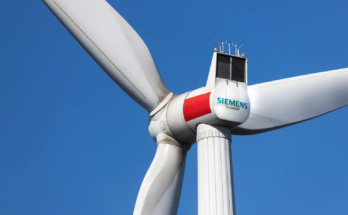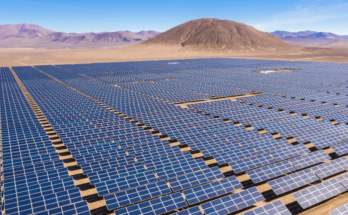
Nikola Tesla was a genius inventor, engineer, and scientist who had a profound impact on the world. Born in Croatia in 1856, Tesla emigrated to the United States in 1884 and spent a brief period working for Thomas Edison before striking out on his own. Tesla’s contributions to the field of electricity and energy were numerous and groundbreaking, and his inventions and innovations still influence our lives today.
Early Life and Education
Nikola Tesla was born in what is now modern-day Croatia in 1856. Growing up, he showed a fascination with science and technology, and he went on to study engineering and physics at a university in Karlstadt. After completing his education, Tesla worked for a time as a consultant to a number of different companies before emigrating to the United States in 1884.
Working for Thomas Edison
Upon arriving in the United States, Nikola Tesla went to work for the famous inventor Thomas Edison. Although the two men had different approaches to their work, Tesla learned a great deal from Edison and helped him with a number of projects. However, Tesla eventually left Edison’s employ to strike out on his own, as he believed that he could achieve greater success on his own.
Tesla’s Contributions to Energy and Electricity
One of Tesla’s most notable contributions to the field of energy and electricity was his development of the alternating current (AC) system. This system, which was much more efficient than the direct current (DC) system used by Edison, revolutionized the way that electricity was generated and distributed. Tesla also made important contributions to the fields of X-rays, wireless communication, and remote power transmission.
Tesla Coils
One of Nikola Tesla‘s most famous inventions was the Tesla coil, which he created in 1891. Tesla used the coil in a variety of experiments, including electric light, phosphorescence, x-ray production, higher rate switching, electrotherapy, and the communication of electrical energy without wires. Tesla’s work with the Tesla coil helped to lay the foundation for modern telecommunications and broadcasting.
Legacy and Impact
Today, Tesla is widely recognized as one of the greatest inventors and scientists in history. His innovations in energy and electricity have had a profound impact on the world, and his legacy continues to influence scientists and engineers to this day. Tesla’s name is synonymous with creativity, innovation, and forward-thinking, and he remains an inspiration to all who are interested in science and technology.
FAQs:
- When was Nikola Tesla born? Tesla was born on June 10, 1856, in what is now modern-day Croatia.
- What was Tesla’s contribution to the field of electricity? Tesla is most famous for his development of the alternating current (AC) system. Much more efficient than the direct current (DC) system used by Thomas Edison.
- What was the Tesla coil used for? The Tesla coil was used by Tesla in a variety of experiments. Electric light, phosphorescence, x-ray production, higher rate switching, electrotherapy, and the communication of electrical energy without wires.
- What is Tesla’s legacy? Tesla is widely recognized as one of the greatest inventors and scientists in history. His innovations in energy and electricity have had a profound impact on the world, and his legacy continues to influence scientists and engineers.
- Transmission of electrical power, which has made a significant impact on the world we live in today. With his innovative spirit and unparalleled intelligence, Tesla has left a lasting legacy that will inspire future generations to come. From his groundbreaking work in the field of electrical engineering to his contributions to the advancement of science, technology and medicine, Nikola Tesla truly was a visionary ahead of his time.



I tihnk Nikola Tesla is the man who raise up with industry domaine
Alternating current is the big advance.
https://energyworld360.com/history-of-electricity/
thank you sir for sharing this link
fantastic points altogether, you just gained a new reader.
What could you suggest about your submit that you made a few days ago?
Any certain?